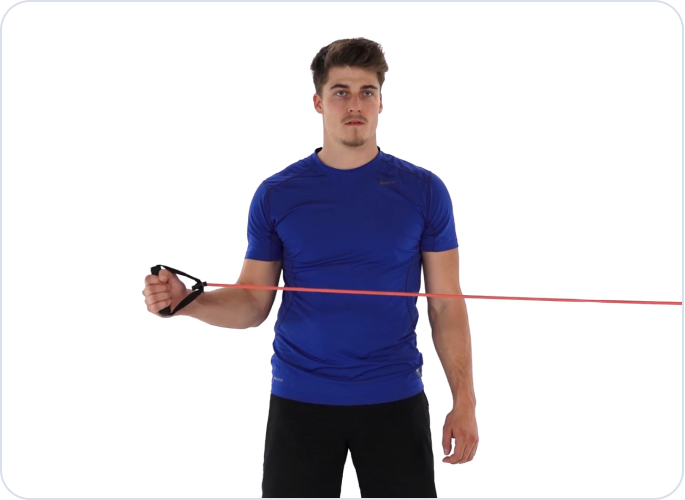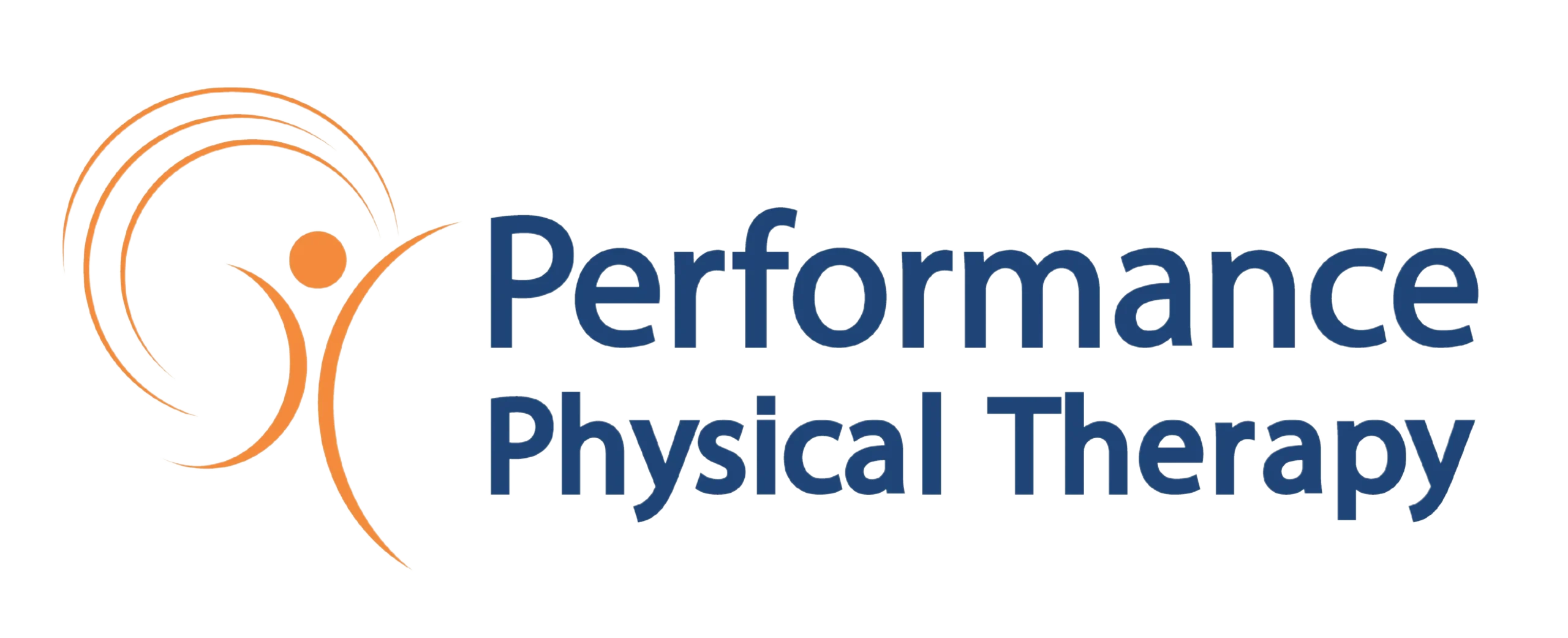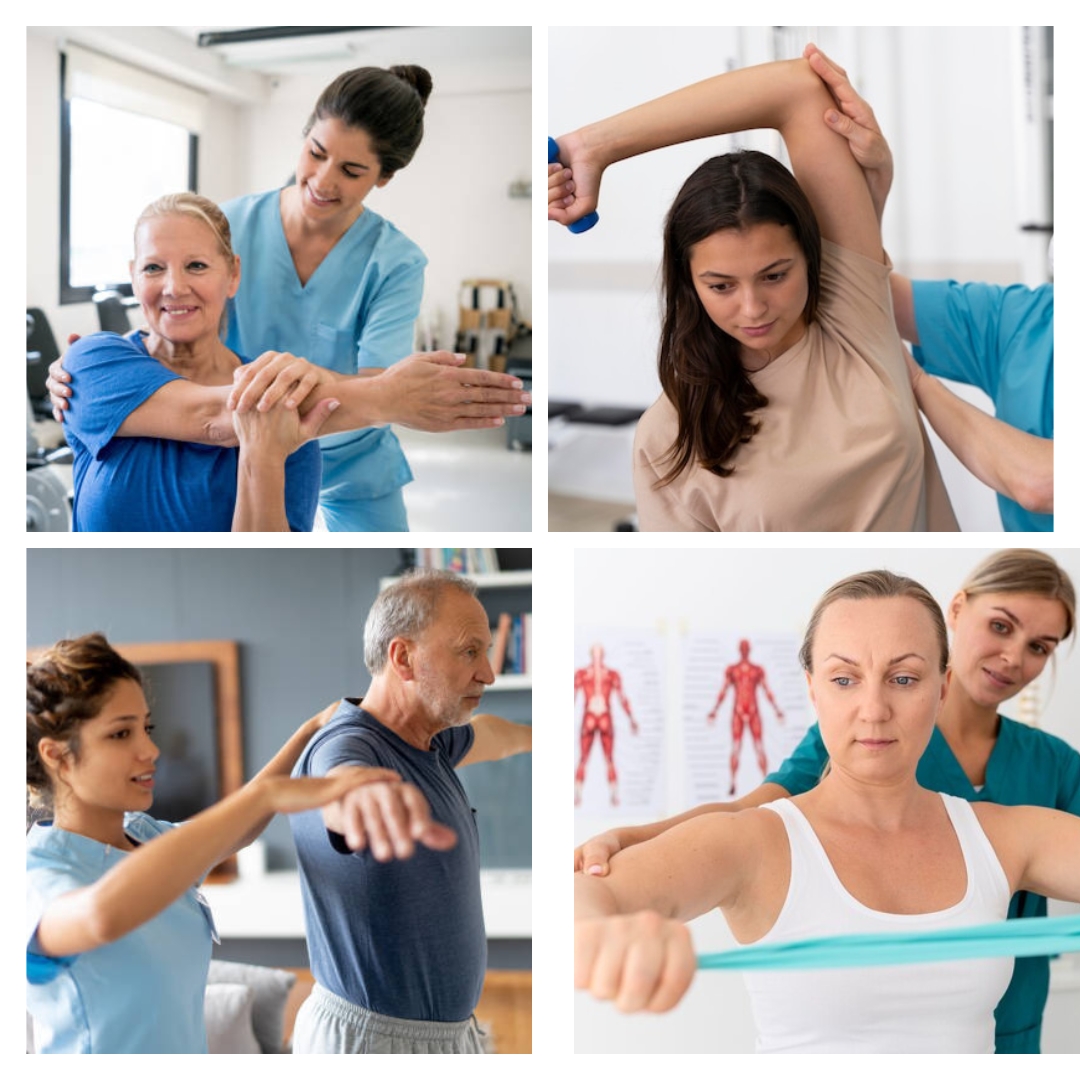Although shoulder injuries might be quite painful, you can guarantee a quick and efficient recovery with the correct shoulder rehabilitation exercises. Whether you’ve been injured playing sports, in an accident, or from overuse, certain workouts can help you rebuild your strength and mobility.
Importance of Shoulder Rehabilitation Exercises
Restoring normal function and lowering the chance of further injuries need rehabilitation. Because the shoulder is a highly mobile joint, treating it with a balanced regimen that incorporates strength, endurance, and flexibility workouts is necessary.
Shoulder Rehabilitation Exercises Using Elastic Resistance
Because they provide varying force and may be done at home or in a clinic, shoulder rehabilitation exercises using elastic resistance are very beneficial for shoulder rehabilitation. They are crucial for regaining shoulder strength without overstressing the joint.
are a good method to increase joint stability, flexibility, and muscular strength in the shoulder. For those recuperating from shoulder ailments like rotator cuff tears or shoulder impingement, these exercises are very helpful. You may progressively increase the stress on your shoulder muscles without using large weights by adding elastic resistance bands into your practice.
One of the most effective shoulder rehabilitation exercises using elastic resistance is the external rotation. external rotation is one of the best exercises for shoulder rehabilitation that uses elastic resistance. To complete this exercise, secure an elastic band to a sturdy object, spin your forearm outward while maintaining your elbow close to your body, and grip the band with your injured arm. The rotator cuff muscles, which are vital for shoulder stability and function, are the focus of this exercise.
Shoulder abduction is another useful workout. Position yourself in the center of the elastic band, grasp its ends with both hands, and raise your arms out to the sides until they are parallel to the floor. The deltoid muscles, which are essential for reaching and lifting, are strengthened by this exercise.
Incorporating shoulder rehabilitation exercises using elastic resistance Including your physical therapy regimen can hasten your healing and shield you from further harm. You may improve shoulder strength, increase mobility, and recover confidence in your everyday tasks by regularly performing these exercises.
Benefits of Elastic Resistance
Resistance bands made of elastic material are adaptable and may be used to target various shoulder muscles. They are perfect for both advanced strengthening and early-stage rehabilitation because they offer progressive resistance, which means that the resistance rises as the band extends.
Basic Exercises
External Rotation:

- Attach an elastic band to a stable object.
- Stand with your injured side facing the band.
- Hold the band with your elbow at a 90-degree angle, keeping your upper arm close to your body.
- Rotate your forearm outward, then slowly return to the starting position.
Internal Rotation

- Attach the band as in the external rotation exercise.
- Stand with your uninjured side facing the band.
- Hold the band with your elbow at a 90-degree angle.
- Rotate your forearm inward towards your abdomen, then return to the starting position.
Shoulder Strengthening Exercises with Bands
When doing shoulder strengthening exercises, using resistance bands facilitates a smooth development and allows for customization to suit varying strength levels. These are some important exercises:
Shoulder strengthening exercises with bands are a flexible and efficient approach to improve shoulder flexibility, strength, and stability. You may strengthen different shoulder muscles and enhance shoulder function overall by using resistance bands. These exercises are especially helpful for people who are healing from shoulder injuries or trying to avoid such problems in the future.
One of the most popular shoulder strengthening exercises with bands is the lateral raise. To perform this exercise,Holding the ends in each hand, stand in the center of the band to complete the exercise. Lift your arms to the sides until they are parallel to the ground while maintaining a straight posture. Primarily, this exercise works the deltoid muscles, which are necessary for reaching and lifting.
Another effective exercise is the band pull-apart. Keeping both hands at shoulder width, pull the band apart by extending your arms straight out to the sides. The posterior deltoids and upper back muscles, which are essential for maintaining proper posture and shoulder health, are strengthened by this exercise.
For rotator cuff strengthening, the external rotation exercise is highly recommended. Attach the band to a stable object, hold the band with your injured arm, and rotate your forearm outward while while maintaining your elbow close to your body. Attach the band to a sturdy object. By focusing on the tiny but essential rotator cuff muscles, this exercise enhances the stability and functionality of the shoulder.
Incorporating shoulder strengthening exercises with bands into your workout routine can significantly improve shoulder strength and mobility. Because the difficulty of these workouts is simply adjustable, they are appropriate for all levels of fitness. You may improve your overall shoulder performance and develop resilience against injuries by performing band exercises on a regular basis to strengthen your shoulders.
Shoulder Flexion
Position your feet shoulder-width apart while standing on the resistance band.
- Hold the ends of the band in each hand.
- Lift them up to shoulder height in front of you while maintaining a straight arm posture, then gently lower them back down.
Shoulder Abduction
- Stand on the band as in shoulder flexion.
- Place your arms at your sides and grasp the band’s ends.
- Raise your arms to shoulder level, then slowly drop them back down.
Advanced Shoulder Rehab Equipment
Although elastic bands are a great tool for rehabilitation, using additional shoulder rehab equipment can help patients recover even more. Additional resistance and stability difficulties can be obtained with devices such as stability balls, dumbbells, and shoulder pulleys.
Shoulder rehab equipment is essential for anyone recovering from shoulder injuries or looking to enhance shoulder strength and mobility. One of the most effective tools in shoulder rehab equipment is resistance bands. Resistance bands are among the most useful pieces of equipment for shoulder rehabilitation. These bands are perfect for a variety of shoulder strengthening workouts since they are adaptable and offer adjustable resistance.
Using shoulder rehab equipment like resistance bands, You can carry out workouts like band pull-aparts, lateral lifts, and external rotations. These exercises serve to increase stability and strength by focusing on key shoulder muscles including the deltoids and rotator cuff. This shoulder rehab equipment has the benefit of being portable and simple to use, so you can complete rehabilitation exercises at home or on the road.
Another vital piece of shoulder rehab equipment is the therapy ball, This is suitable for strength and stability training. A thorough shoulder rehabilitation program that takes into account all facets of shoulder health may be created by combining resistance bands and a therapy ball.
Incorporating shoulder rehab equipment into your physical therapy routine can accelerate recovery and prevent future injuries. Frequent usage of this equipment improves mobility, strengthens the shoulder, and builds general health.
Shoulder Pulleys
Shoulder pulleys contribute to increased flexibility and range of motion. When mobility is restricted in the early phases of rehabilitation, they are very helpful.
Dumbbells
Once the underlying strength has been restored, light dumbbell workouts can be utilized to further strengthen and stabilize the shoulders.
Dumbbell Shoulder Press
- Sit or stand with dumbbells in each hand.
- Start with the dumbbells at shoulder height.
- Press the weights upward until your arms are fully extended, then lower them back down.
Stability Balls
In the later phases of shoulder rehabilitation, proprioception and stability exercises are crucial, and stability balls can help with them.
Ball Push-Ups:
- Place a stability ball against a wall.
- Perform push-ups with your hands on the ball to engage the shoulder stabilizers.

Conclusion
Following shoulder rehabilitation activities, a prompt and thorough recovery is required. Making use of resistance bands made of elastic, The recovery process may be greatly improved by using shoulder rehab equipment and adding gradual strength and stability exercises. Keep in mindTo make sure a rehabilitation program is customized to your unique requirements and injuries, always seek medical guidance before starting one. The right approach and dedication might help you prevent more injuries and regain full function.
FAQs
What are the best shoulder rehabilitation exercises?
- The best exercises for shoulder rehabilitation are elastic resistance exercises including shoulder flexion, abduction, and external and internal rotations. Utilizing state-of-the-art rehabilitation apparatus has additional benefits.
How often should I perform shoulder rehabilitation exercises?
- Although doing shoulder rehabilitation exercises three to four times a week is normally advised, the frequency may change based on the severity of the injury and the guidance of your healthcare provider.
Can I do shoulder rehabilitation exercises at home?
- Indeed, a variety of exercises for shoulder rehabilitation may be performed at home using elastic resistance bands and other basic tools like stability balls and dumbbells.
How long does it take to recover from a shoulder injury?
- The length of recovery varies according on the extent of the injury, but most people show noticeable improvements in a matter of months if they engage in regular rehabilitation activities.
Are elastic resistance bands effective for shoulder rehabilitation?
- Since they may target different muscle groups without putting undue strain on the joint, elastic resistance bands are a particularly useful tool for shoulder rehabilitation.
Should I consult a professional before starting shoulder rehabilitation exercises?
- Absolutely, in order to make sure the workouts are suitable for your particular condition and to prevent any potential consequences, you must speak with a healthcare provider.


